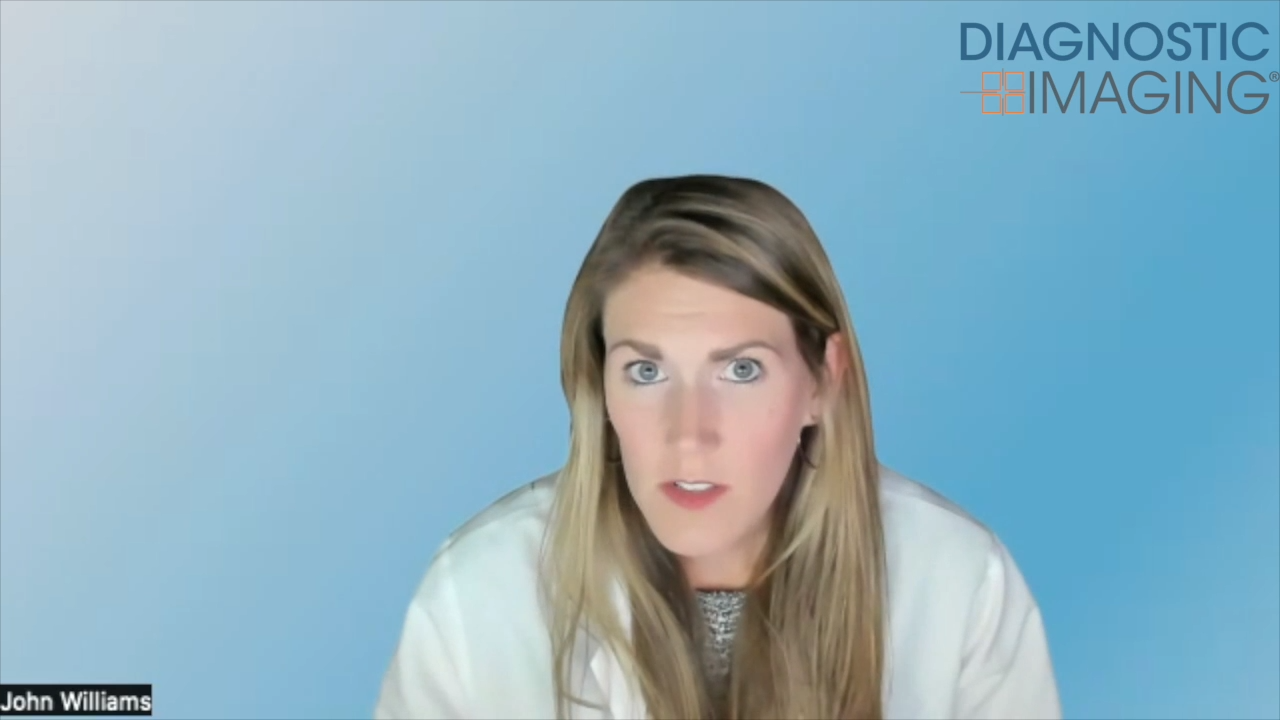Can high-resolution digital breast tomosynthesis (DBT) enhance breast cancer detection?
In a new retrospective study, recently published in Clinical Imaging, researchers compared the use of standard resolution DBT for a five-year period prior to incorporating high-resolution DBT (Hologic Clarity HD, Hologic) and subsequent use of high-resolution DBT for the next five years. The study authors reviewed DBT data culled from 184,006 mammograms and a total of 37,673 women.
In a recent interview, Jamie Williams, M.D., a co-author of the study, noted that high-resolution DBT led to improved breast cancer detection.
“Overall, for the standard resolution images, the cancer detection rate (CDR) in our study was 4.9 per 1000 (exams) and for those high resolution images, we saw a cancer detection rate of 5.4 per 1000 (exams), which was statistically significant after we adjusted for potentially confounding variables like patient age, breast density, high risk status and then also the readers of those mammograms,” pointed out Dr. Williams, a breast radiologist affiliated with Edith Sanford Breast Center Sioux Falls in Sioux Falls, S.D.
Dr. Williams also noted the impact of access to prior exams. For patients who had high-resolution DBT with access to a prior exam, there was a 9.39 percent recall rate (RR) in contrast to 7.8 percent for those who had standard-resolution DBT with access to a prior exam. She also noted a significant difference in the CDR between high-resolution DBT and standard-resolution DBT with access to prior exams (5.38/1000 vs. 4.22/1000).
Recalling the initial use of high-resolution DBT at the Edith Sanford Breast Center Sioux Falls facility, Dr. Williams says she and her colleagues were immediately impressed by the increased spatial resolution and details with the imaging. However, Dr. Williams emphasized that the research findings were particularly gratifying with respect to patient care.
“Studies like this, where we are doing it in a real world setting and in a clinical setting where we see the impact on real patients, are exciting for us. … Yeah, those images look beautiful, but it actually does seem to translate into better patient care, which is obviously what we’re all here for,” added Dr. Williams.
(Editor’s note: For related content, see “Reducing the Interval Breast Cancer Rate of Screening DBT: Can AI Have an Impact?,” “Mammography Study Shows Key Findings with AI in DBT Screening” and “Mammography Study Compares False Positives Between AI and Radiologists in DBT Screening.”)
For more insights from Dr. Williams, watch the video below.
